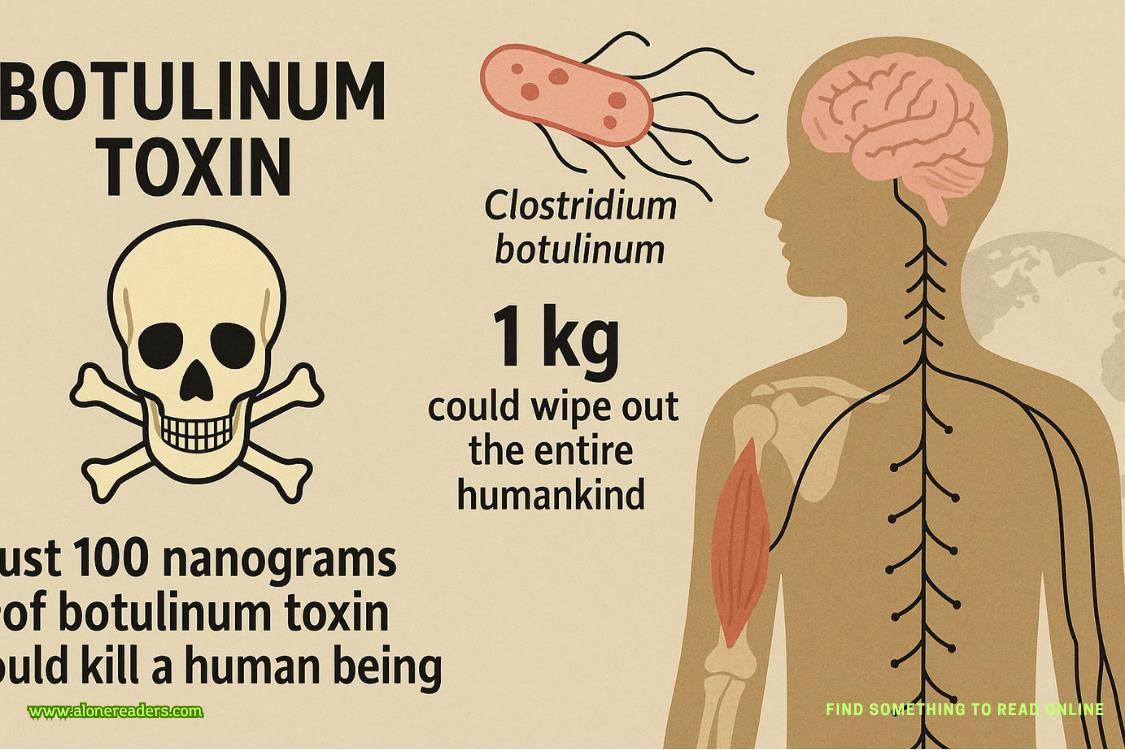I rise, moving to the window. The late afternoon sun casts long shadows across St. Peter’s Square, where tourists snap photos, unaware of the darkness festering within these sacred walls.
“Cardinal Visconti approached me this morning,” I say quietly. “He’s Antonelli’s closest ally on the Financial Council.”
Sullivan’s expression darkens. “What did he want?”
“He suggested I was ‘overextending myself’ with these investigations, that perhaps my ‘youth and inexperience’ were leading me to ‘unfortunate conclusions.’”
“A warning?”
“Thinly veiled.” I turn back to face him. “He mentioned that my frequent meetings with Prime Minister Valentini might create ‘misunderstandings’ about Vatican independence.”
“They’re getting nervous.”
“They should be.”
As I gather the documents to return to my office, Sullivan places a hand on my arm. “Be careful, Marco. I’ve served under three Popes. I’ve seen how the Curia operates when it feels threatened.”
“I’m not afraid of Cardinal Visconti or his master Antonelli.”
“You should be.” Sullivan’s blue eyes hold mine. “There are rumours that Adessi wasn’t the first to die for getting too close to these accounts.”
The warning settles heavily between us. I nod once, acknowledging the danger without surrendering to it.
“Keep Sister Lucia close,” Sullivan adds. “There are few in the Vatican I trust completely, but she’s one of them.”
* * *
I make my way through the labyrinthine corridors of the Vatican, nodding to the Swiss Guards who snap to attention as I pass. Few know of my destination—a small chapel hidden deep within the Apostolic Palace, seldom used and all but forgottenby the current Curia.
The Cappella dell’Amore Divino—Chapel of Divine Love—was commissioned by Pope Julius II in the early 16th century. History officially records it as a private devotional space, but Vatican whispers tell a different story. Julius, the warrior pope who commissioned Michelangelo’s Sistine Chapel ceiling, kept his lover Tommaso de’ Cavalieri hidden here during times of political turmoil.
I push open the heavy wooden door and step into the small, octagonal space. Afternoon light filters through stained glass, casting rainbow patterns across the marble floor. The frescoes here are unusual—Christ embracing John the Beloved Disciple, David and Jonathan, Ruth and Naomi. Stories of love that transcend simple categorization.
I run my fingers over the faded frescoes, remembering the first time I discovered this hidden chapel as a young seminarian. Professor Donati had mentioned it during an obscure art history lecture—a footnote in Vatican architecture, notable for its unusual depictions of biblical relationships.
Curiosity had drawn me here one autumn evening during my second year. I’d slipped away from evening prayers, claiming illness, and wandered the lesser-known corridors until I found it—this small octagonal room with its secrets.
“The Cappella dell’Amore Divino,” Professor Donati had said, “commissioned ostensibly for private devotion but rumoured to serve a more… personal purpose.”
I remember how my nineteen-year-old self had stood transfixed before these same frescoes—Christ with his head resting against John’s shoulder, David embracing Jonathan, Ruth’s passionate declaration to Naomi rendered in vibrant pigments. The intimacy captured in each scene had stirred something within me I’d been desperately trying to suppress.
“It’s said Pope Julius II created this space to meet privately withTommaso de’ Cavalieri,” Professor Donati had told our small advanced class, his voice lowered though no one else was near. “The relationship was… not one the Church acknowledges in its official histories.”
I close my eyes, remembering how I’d returned here night after night that semester, drawn by some force I couldn’t name. How I’d knelt on these same stones, begging God to take away the feelings that kept me awake at night—the way my heart raced when Elio from Biblical Greek class smiled at me, how my skin burned when our hands accidentally touched passing prayer books.
“Please, Lord,” I’d whispered then, tears streaming down my face, “make me normal. Make me worthy of Your calling.”
I’d thought those prayers were answered when the feelings gradually subsided—or rather, when I became adept at burying them so deeply they could no longer reach the surface. I’d thrown myself into my studies, into service, into perfect adherence to doctrine and tradition.
Now, fifteen years later, I stand in the same chapel, a Pope rather than a frightened seminarian, asking different questions but seeking the same guidance.
I kneel before the altar, worn smooth by centuries of prayer.
“I don’t know what to do,” I whisper, my voice echoing in the empty chapel. “I’ve followed Your path my entire life. I’ve served Your Church faithfully. But now…”
I think of Matteo—his courage, his conviction, the way his eyes hold mine without flinching. The brief, electric moment when our lips met.
“Is this a test? Or is it…” I can barely form the words. “Is it possible that the Church has been wrong? That I’ve been wrong to deny this part of myself?”















